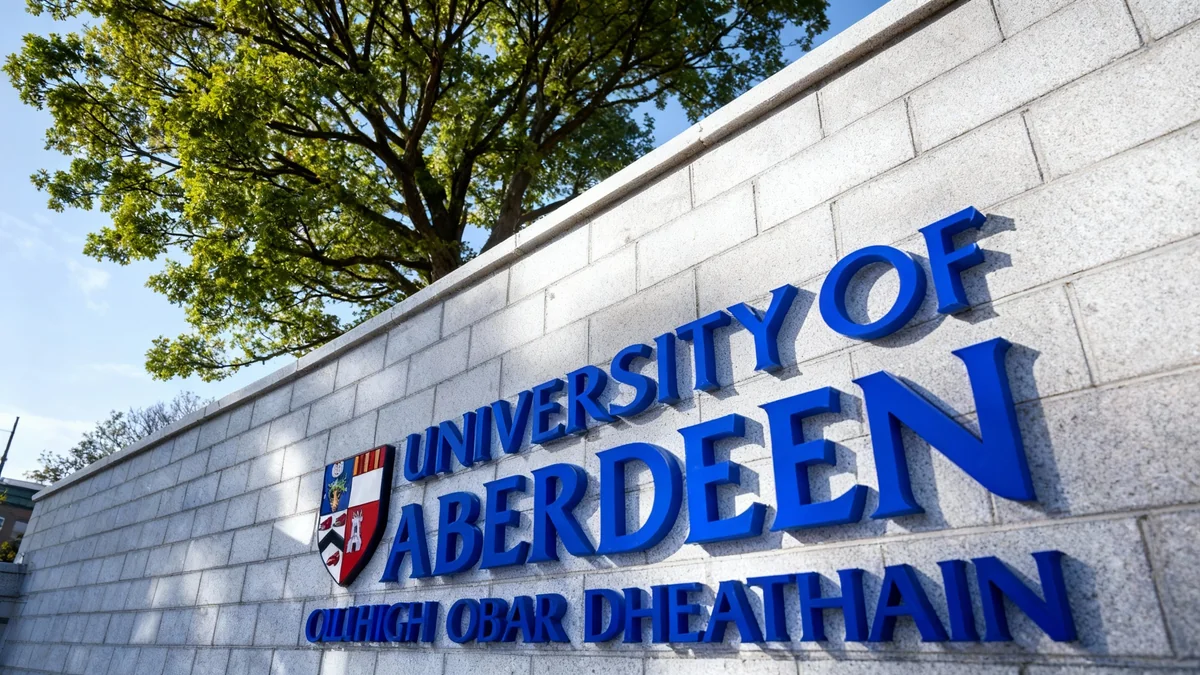A growing number of states are overhauling the traditional college application process, introducing “direct admissions” programs that offer university spots to high school students before they even apply. This initiative, recently adopted by California, aims to combat declining enrollment and remove barriers for students who may not see themselves as college-bound.
By proactively admitting students based on criteria like grade point average, universities hope to simplify a notoriously complex system. For many students, receiving an unexpected acceptance letter can be the encouragement they need to pursue higher education, changing the landscape of college access across the country.
Key Takeaways
- At least 15 states, including Minnesota and now California, have implemented direct admissions programs.
- These programs automatically offer college admission to students who meet specific academic criteria, such as a minimum GPA.
- The goal is to increase college enrollment, particularly among first-generation and rural students, by reducing application stress and uncertainty.
- California recently passed Senate Bill 640, expanding a pilot program to offer admission to 16 California State University (CSU) campuses.
- States with established programs, like Minnesota, have reported increased financial aid applications and college enrollment rates at participating high schools.
A Shift in College Recruitment
For decades, the path to college involved a stressful ritual of applications, essays, and waiting. Now, a new model is gaining traction. Known as direct admissions, it flips the script: instead of students applying to colleges, colleges are reaching out to students with guaranteed offers of admission.
This approach targets students who meet predetermined academic standards, typically a minimum GPA. The offer removes the initial application hurdle, a significant barrier for many, especially those without extensive guidance or resources. The University of California system, known for its competitive admissions, is not participating in the state's new program.
Taylor Odle, an assistant professor of education policy studies at the University of Wisconsin-Madison, notes that this method is particularly effective for students who are “on the margin” about attending college. He explains that direct admissions cuts through the administrative red tape that can discourage potential applicants.
“The idea behind direct admissions is cutting out that red tape,” Odle stated.
This streamlined process allows students to focus on practical next steps, like financial aid and housing, much earlier than in the traditional timeline.
Minnesota A Model for Success
Minnesota has been a pioneer in the direct admissions movement since launching its program in 2022. The results have been promising, providing a potential roadmap for states like California. The program includes most public institutions and a number of private and tribal colleges.
Officials report a significant turnaround in enrollment figures. After nearly 15 consecutive years of decline, the Minnesota State system, which includes 33 colleges and universities, has seen enrollment increase for three straight years. This past fall, enrollment jumped by 4.2% over the previous year.
Minnesota's Impact by the Numbers
- 76% of students at participating high schools filed a federal financial aid application, compared to 50% of all graduating seniors in the state.
- 46% of students from participating high schools enrolled in a Minnesota college, versus 28% from non-participating schools.
At Le Sueur-Henderson Middle/High School, a rural school in southern Minnesota, counselor Jessica Kirschner has seen the program's impact firsthand. She observed that some students were surprised to learn they were eligible for four-year universities.
“Even if I get two or three more kids who enroll because of direct admissions that wouldn’t otherwise, that’s huge for us,” Kirschner said. The program demystifies the process for students who may have assumed college was out of reach.
The Student Experience
For high school seniors like Hannah Halverson of Rogers, Minnesota, direct admissions provided clarity and confidence. She was already considering Minnesota State University, Mankato, when she received an email confirming her admission before she formally applied.
“It really helped me affirm that I wanted to come here,” Halverson said. Knowing she was accepted based on her 3.0 GPA allowed her to move on to planning other aspects of her college transition. “Because then I could figure out schools that would actually take me, and then I could plan out paying for it and dorms and all that stuff way earlier.”
California Joins the Movement
Following the lead of other states, California is now expanding its own direct admissions initiative. Governor Gavin Newsom recently signed Senate Bill 640, which will roll out the program across public high school districts statewide. Qualified students will receive automatic admission offers to one of 16 participating California State University (CSU) campuses.
Which States Use Direct Admissions?
At least 15 states currently offer some form of direct admissions. They include: California, Connecticut, Hawaii, Idaho, Illinois, Indiana, Minnesota, New York, Oregon, South Dakota, Tennessee, Texas, Utah, Washington, and Wisconsin. Program details and participating institutions vary by state.
The statewide expansion builds on a successful pilot program in Riverside County. The pilot resulted in a 6% increase in first-year enrollment from the county's public high schools at participating CSU campuses compared to the previous year.
Adrian Huerta, an associate professor at the USC Rossier School of Education, views this as a positive step for the state. He believes the program will be especially beneficial in regions like the Central Valley and Inland Empire, where college-going rates have historically been lower.
“Being able to get that message that says, ‘Hey, you’re admitted, and you just need to submit some paperwork,’ I think it’s going to be a big boost for a lot of students,” Huerta commented.
The most selective CSU campuses, such as Cal Poly San Luis Obispo, will not participate in the direct admissions program. However, the initiative is expected to significantly broaden access to higher education for thousands of students across California, simplifying their journey from high school to a university campus.





